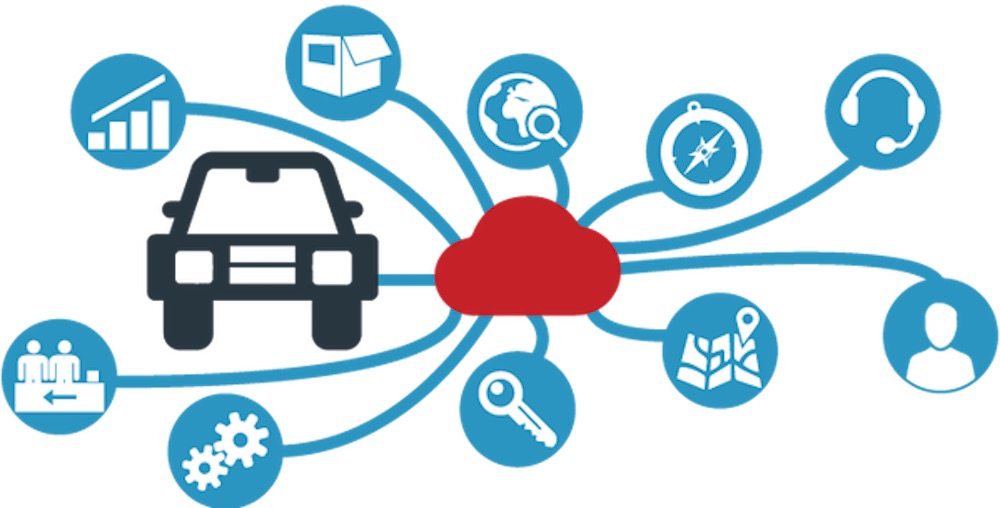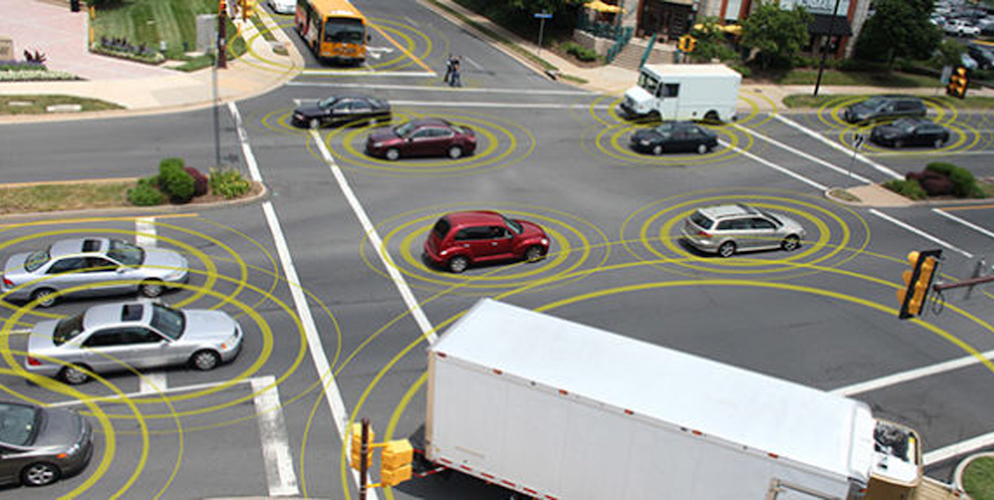Despite the interest and huge monetary investment in self-driving cars, “normal” automobiles with Internet of Things (IoT) awareness has been an idea in the auto industry for years. Recently the US Department of Transportation proposed new rules that could force vehicle-to-vehicle (V2V) communication into new vehicles by 2023. The proposal, which is available on the National Highway Traffic Safety Administration (NHTSA) website (link). The NHTSA proposal explains why V2V communication would help our infrastructure through fewer crashes, deaths and the costs that come from them.
Vehicle-to-vehicle systems are designed to allow cars to communicate with each other with warnings about dangers, both on the road and other automobiles. According to the proposal, all data in the system will be about the vehicle and surrounding conditions, never anything “linkable to an individual”. The system would work with GPS data and information broadcast between any vehicles within range – essentially combining each car’s sensors into a single all-inclusive system.

Parallel to the V2V initiative is the vehicle-to-infrastructure (V2I) technology that will warn drivers (and their automobiles) about traffic lights and intersections ahead on your route. The NHTSA claims that the two systems together could “eliminate or mitigate the severity of up to 80 percent of non-impaired crashes, including crashes at intersections or while changing lanes.” (Vehicle-to-Vehicle (V2V) Communications for Safety, Research Progress and Insights Research Progress and Insights)
Other than privacy concerns, the big question is: who will pay for the hardware that will be going into all these new cars? The NHTSA proposes that the estimated $250-$350 per vehicle will be added to the purchase price of the cars once V2V technology is mandated, passing the cost to the people buying the cars.
If you have something to say about the vehicle-to-vehicle proposal, you have 90 days to raise your concerns with the federal government as they collect commentary at the Federal Register (link).
The Department of Transportation is hoping to finalize the regulations by 2019, start phasing them in by 2021 and a “final rule” by 2023 that puts a V2V system in every new automobile.
